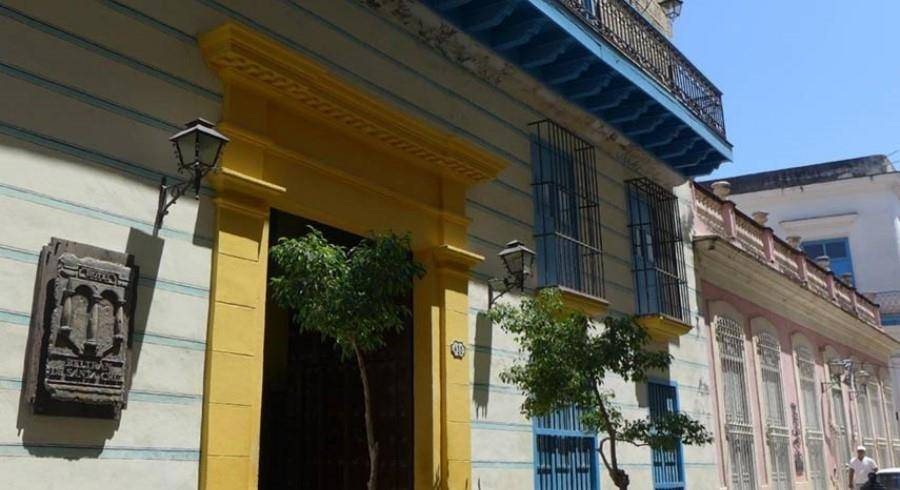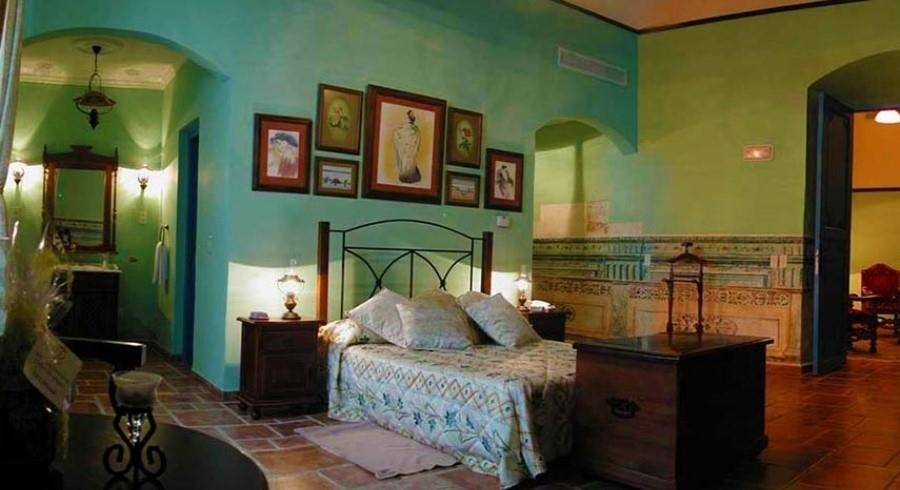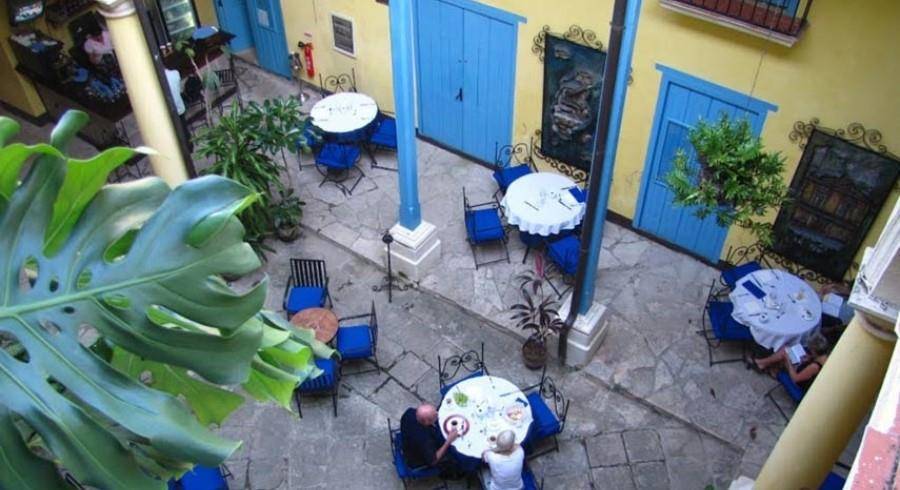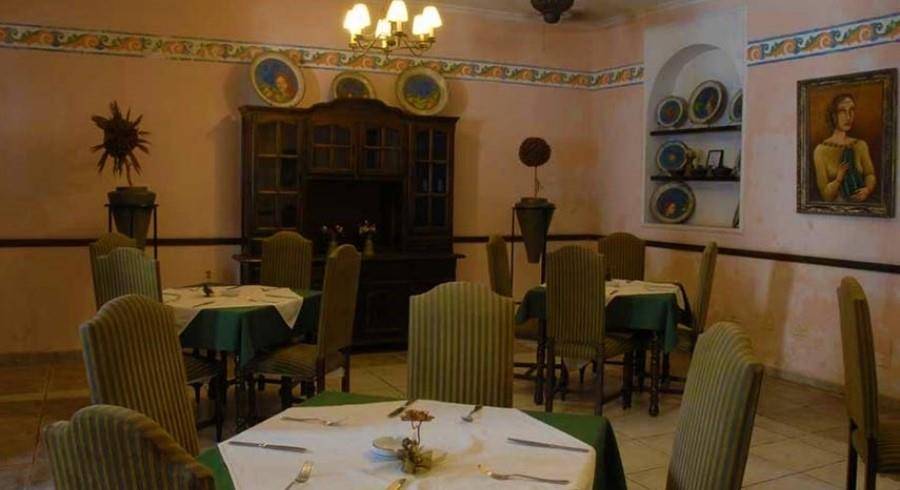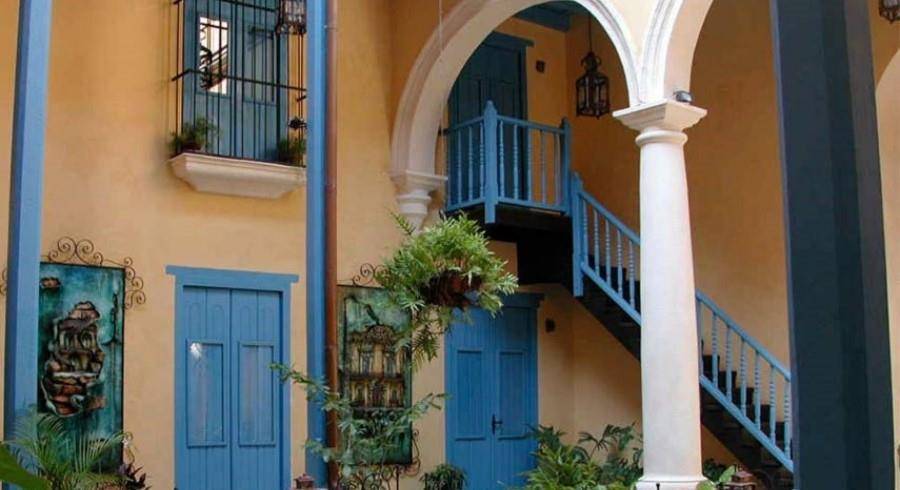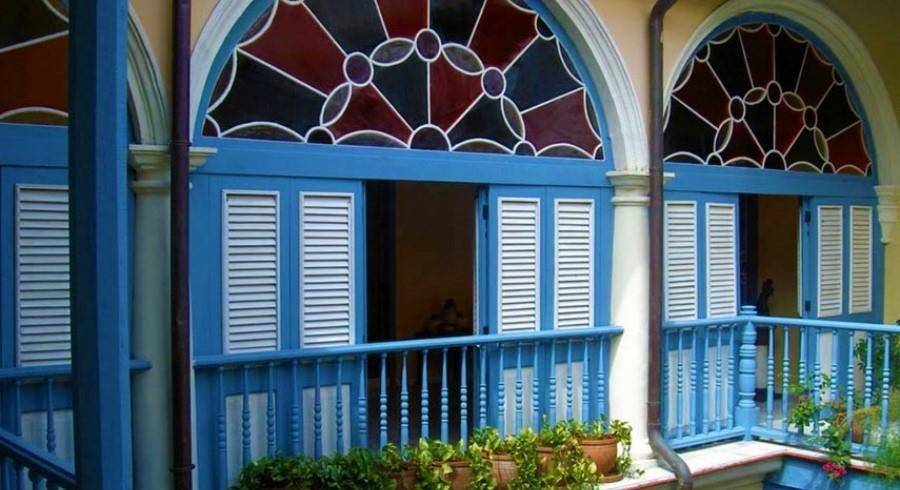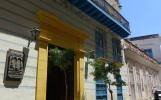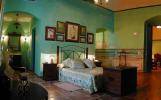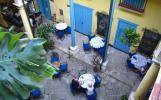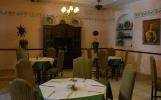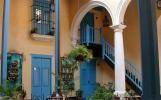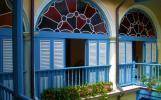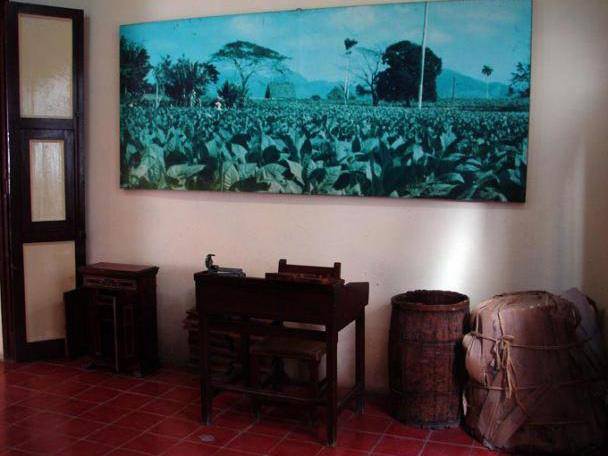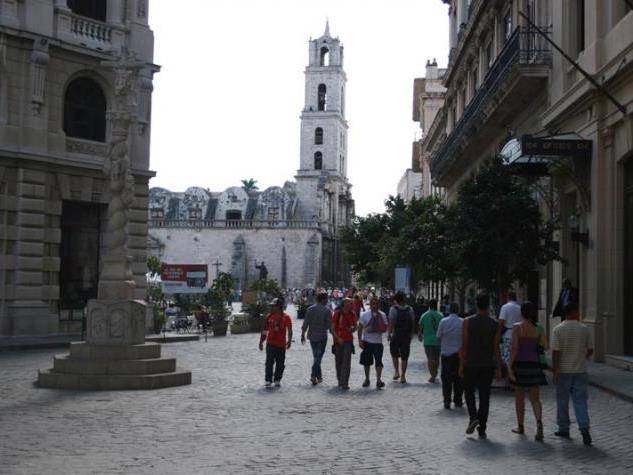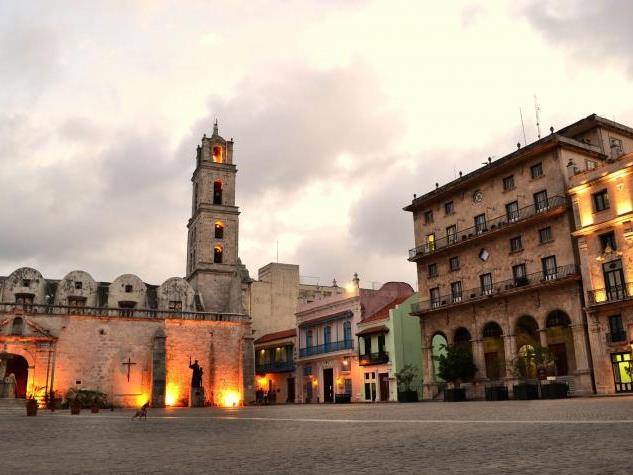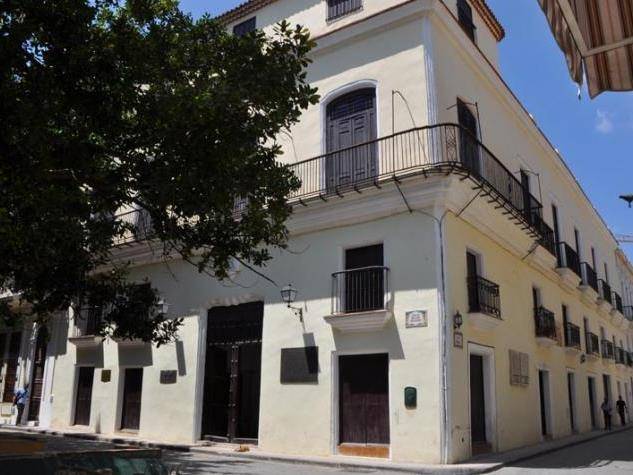
Alejandro de Humboldt Museum
The Museo Alejandro de Humboldt (Alejandro de Humboldt Museum) is located in a Colonial house in Plaza de San Francisco de Asís Square, in Old Havana, Cuba. Its name comes from the German scientist Alejandro von Humboldt, who is seen as the second person to discover Cuba. This is a scientific museum dedicated to biology and its main objective is to preserve research and promote the historical Humboldt’s legacy. This institution enhances the labor of Cuban and international personalities whose contributions are considered relevant for the development of culture in general terms. It exhibits the historical trajectory of the scientific and botanic data he compiled throughout the island at the beginning of the 19th century, as well as a botanic exhibition which is fundamentally made up of ferns. In this museum there is a perfect copy of a Kritosaurus skeleton found in the desert and donated by the Mexican government, as well as an enormous Pterosaur skeleton, which is around 10 meters length. The House also has a conference room with capacity for 100 persons and a specialized library on German literature.

